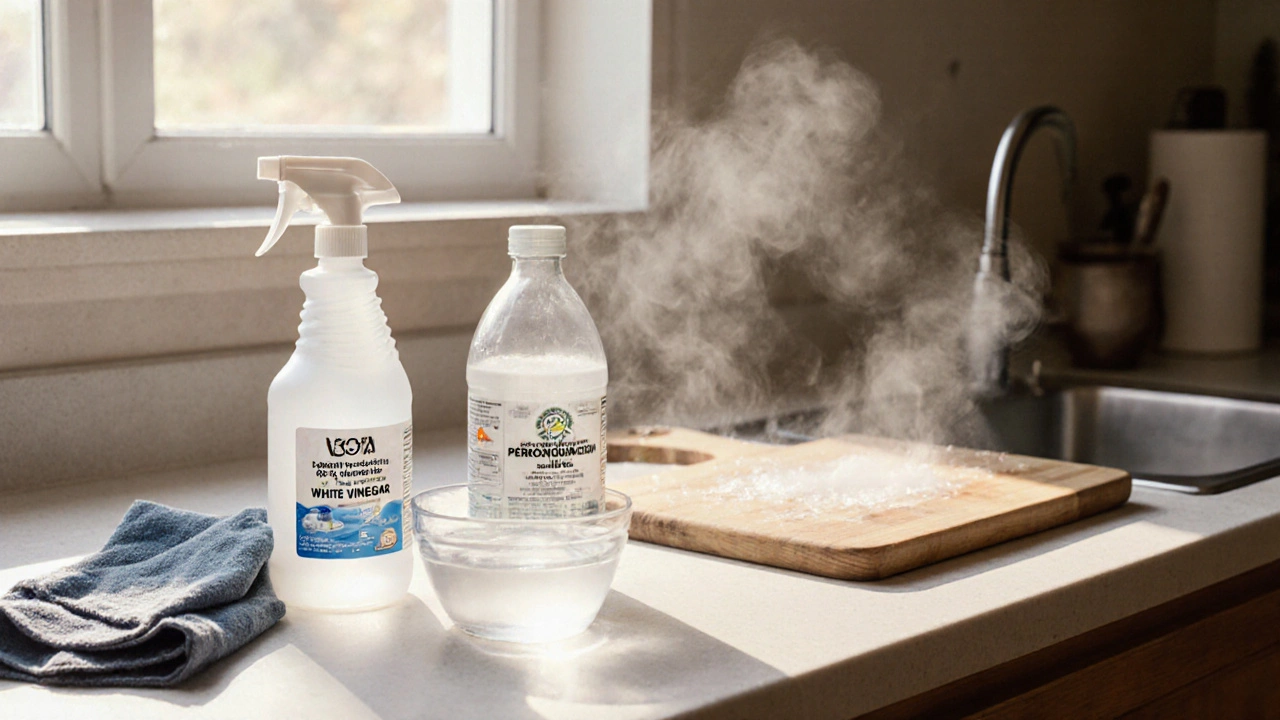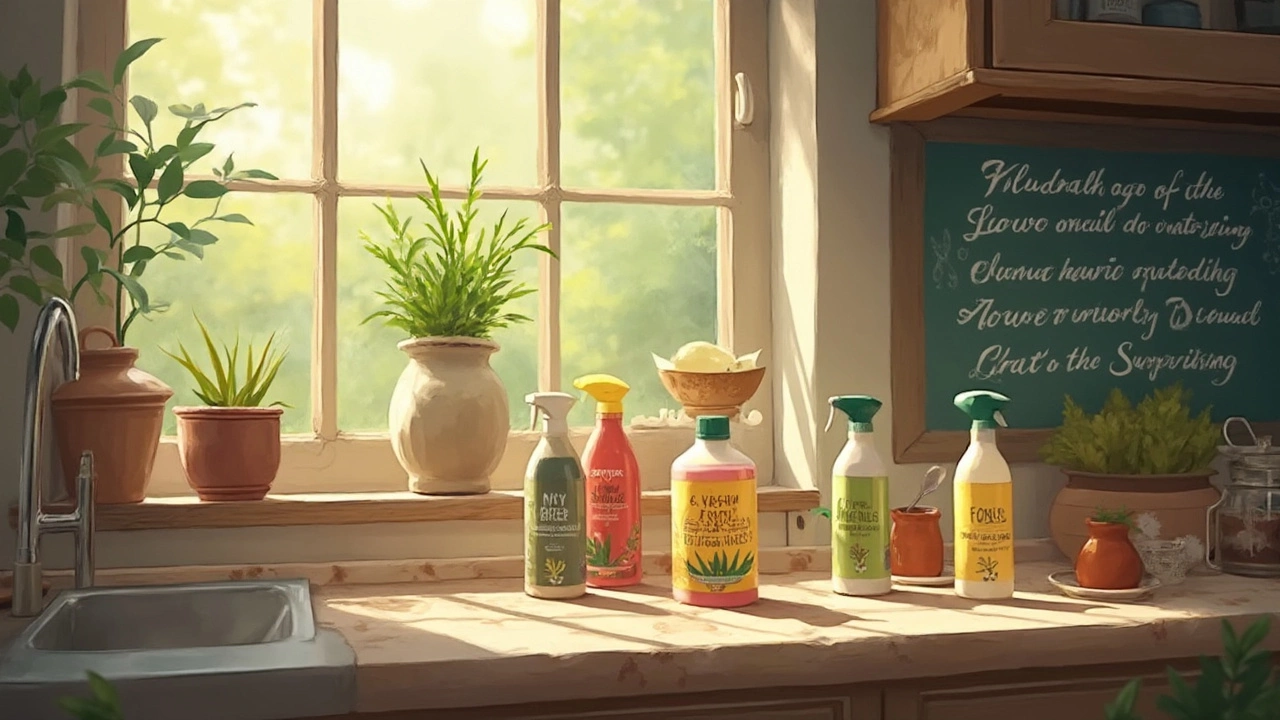Eco‑Friendly Disinfecting: Clean Spaces, Safer Planet
Want a germ‑free home but hate the idea of bleach fumes and nasty chemicals? You’re not alone. More people are swapping harsh disinfectants for natural, low‑impact options that work just as well. The good news? You can keep surfaces sparkling and protect the planet at the same time.
Why Choose Green Disinfectants?
Traditional cleaners often contain volatile organic compounds (VOCs) that irritate lungs and can linger on fabrics. Green disinfectants use ingredients like vinegar, hydrogen peroxide, or plant‑based surfactants, which break down quickly and leave no harmful residue. They’re safer for kids, pets, and anyone with sensitivities, plus they reduce the chemical load that ends up in our waterways.
Quick DIY Disinfectant Recipes
1. Vinegar & Essential Oil Spray – Mix 1 cup white vinegar with 1 cup water and add 10‑15 drops of tea tree or lemon oil. Spray on countertops, doorknobs, and bathroom tiles. Vinegar kills most bacteria, and the oil adds extra antimicrobial power.
2. Hydrogen Peroxide Cleaner – Use 3% hydrogen peroxide straight from the bottle or dilute 1 part peroxide with 1 part water. It works well on kitchen surfaces and glass. Let it sit for a minute, then wipe clean. No rinsing needed.
3. Baking Soda Scrub – Combine ½ cup baking soda with a few teaspoons of warm water to form a paste. Apply to grime‑prone spots like oven doors or grout lines, scrub, then rinse. Baking soda is mildly abrasive and deodorises at the same time.
These recipes are cheap, easy to make, and store in reusable spray bottles. Keep a list on the fridge so you never run out of green cleaning power.
When you need a stronger disinfectant for high‑traffic areas, consider a commercial product that’s labeled “eco‑friendly” or “plant‑based.” Look for certifications like Green Seal or EcoLogo, and check that the active ingredient is something like citric acid, benzalkonium chloride (in low concentrations), or thymol. Such products are tested to meet health standards while staying gentle on the environment.
Remember to always clean visible dirt first – disinfecting works best on a clean surface. Wipe away food crumbs, dust, or grease, then apply your chosen green solution. Let it sit for the recommended contact time (usually 1‑5 minutes) before wiping off. This simple step makes a big difference in killing germs.
Using eco‑friendly disinfectants also helps your home’s air quality. Unlike bleach, which can produce strong fumes, natural cleaners evaporate quickly and leave a fresh scent. If you’re worried about mold in damp areas, spray a mixture of equal parts water and white vinegar weekly. It discourages mildew growth without harming paint or finishes.
Switching to green disinfecting isn’t just a trend – it’s a practical way to protect health and the planet. Start small: replace one bottle of bleach with a vinegar spray, and watch how easy it feels to stay clean without the chemical overload. Over time, you’ll have a whole arsenal of safe, effective solutions that keep germs at bay and your home feeling fresh.
Ready to make the change? Grab a spray bottle, mix one of the recipes above, and give your surfaces the green clean they deserve.

How to Completely Disinfect a House the Eco-Friendly Way
Learn how to completely disinfect your house using safe, natural ingredients like vinegar, alcohol, and hydrogen peroxide-no toxic chemicals needed. Effective, eco-friendly, and simple to follow.
Read More
Do Green Cleaning Products Really Disinfect?
Exploring whether green cleaning products can effectively disinfect is crucial, especially for those seeking sustainable cleaning alternatives. This article delves into the effectiveness of eco-friendly disinfectants, highlights key ingredients that make them tick, and offers practical tips for maximizing their germ-killing power. Discover surprising facts about natural cleaning agents and learn how to incorporate them into your cleaning routine without sacrificing hygiene. Ideal for anyone looking to maintain a clean home while being kind to the environment.
Read More